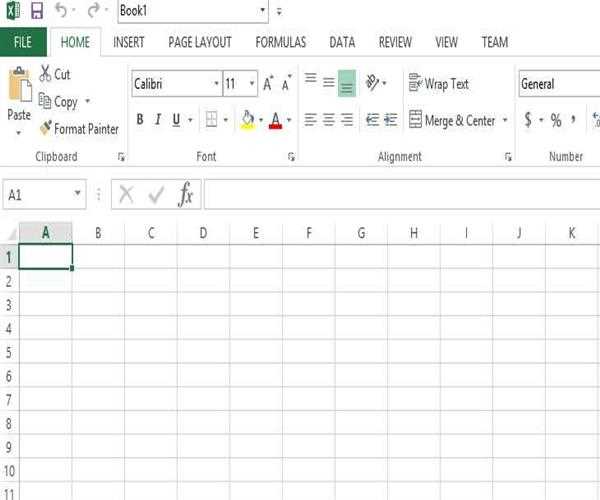A spreadsheet is a computer program intended for the proper arrangement, analysis, and management of massive numerical data in a tabular form. It comprises rows and columns with cells as the building blocks of this data entry tool. A spreadsheet is able to contain texts, numbers as well as formulas hence making it dynamic. Some of the examples of valuable spreadsheets are MS Excel, Google sheet, and Apple numbers, and many others which help record the simple result of handling excel data with sophisticated records.
The bars of a grid structure means that data is allocated systematically. Each cell is identified by its position if rows and columns are numbered and if for columns they are in alphabetical order then a cell could be named as A1 or C3. This clear format enhances simplicity in entering, searching for and locating information in the system. Users can add, remove or shift any row or column depending on the users need so as to help in enhancing placement of data which is in the toolkit.
The reason for utilization of spreadsheets is that they help in facilitating formulas and functions which are the key aspects of spreadsheets. Formulas enable users to use certain cells in calculations like addition and subtraction and on the other hand, functions such as, SUM, AVERAGE, and IF are command functions which function in pre-stipulated functions. They assist to minimize the amount of manual effort involved and guarantee precision in cases where handling vast amounts of data is required or where generation of financial models entails many estimations.

It also has the utilities for data presentation which include tools for producing chart and graphs. An example of bars can be bar charts, pies can be pie charts and lines can be line graphs to show relation in data. However, using visuals to present data helps to make sense of what is otherwise incomprehensible patterns within large sets of data. This capability is important especially when making presentation, writing reports or even when making decisions since there is need to pass right message to the right person.
Another important aspect of the operation of spreadsheets is data organization using sorting, or filters, and formatting. Sorting orders the data sequentially either in ascending or descending while Filter samples data depending on the parameter. The features including using bolds, colors and borders for cell enhance or improve spreadsheets’ readability as well as format’s general attractiveness to suit the often specific needs of the data presented in them.
Conclusion
To sum up, the availability of spreadsheets is absolutely mandatory for efficient sorting, calculation and presentation of information. Their system of rows and columns maintains order, and the incorporated options such as formulas, functions, and data display provide capability to control and analyze data properly. This capability of sorting, filtering and formatting makes it even valuable in various aspects of operations and sectors. Therefore, once these aspects are learned, an individual or an organization will be able to reduce the cycle time, make better decisions, and solve diverse data problems, which is why spreadsheets are part of today’s business toolkit.
